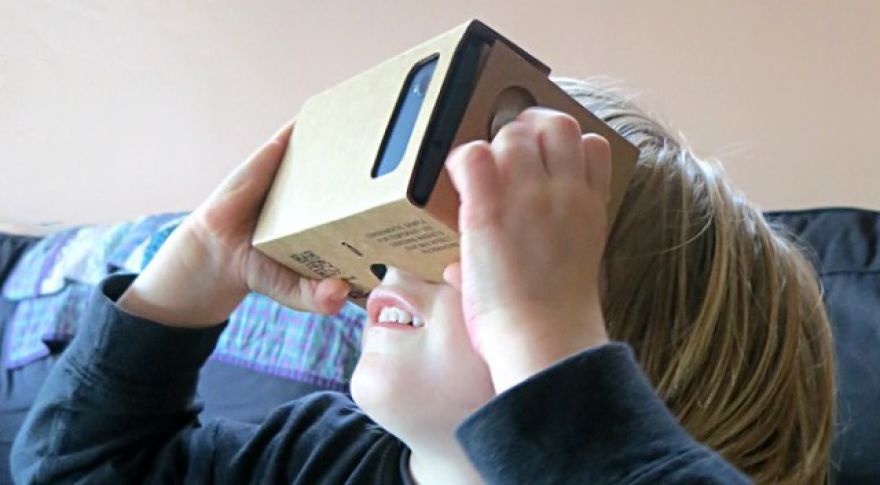
ExtremeTalk: Is virtual reality the next big thing in PC gaming?
Share This article
Today’s ExtremeTalk is brought to you by the of the Oculus Rift VR’s formal hardware requirements. is shaping up a bit like 3-D movies did in the late 2000s, albeit with very different players behind the controls. You’ve got hype, and you’ve got some killer demos, early hardware, and impressive capabilities. As with 3-D, you have
No, the parallels aren’t exact, though I think you can make a strong argument that computing hardware has evolved far more in the 20-odd years since the Virtual Boy than the experience of going to a movie had evolved since the 3-D craze of the 50s and 60s. But there’s one big factor that ties 3D and VR together: Both of them depend not just on technology, but on the final crafted experience.
The future!
I don’t think it’s an accident that 3-D’s initial debut was driven by a handful of movies that were painstakingly designed to maximize the experience of viewing in 3-D. Once it became clear that this would be at least a momentary trend, filmmakers fell over themselves to convert 2D movies into 3-D, often with vague, muddied results.
I’m not going to argue that poor 3D film conversions doomed 3-D films. Higher ticket prices and the fact that consumers generally didn’t want to pay more for movies and wear glasses at home undoubtedly played their part. Nonetheless, poor content conversions and nausea harmed the nascent film revolution and many of these are issues in VR, as well.
VR games require a different approach
Building games for VR clearly requires a very different consideration of the physical space around the player character. Recent research has found that gamers experience less nausea if the game world creates a within the model. This would look exceedingly odd in a traditional FPS, but works in VR.
Swooping cutscenes and blurred visuals that work perfectly when projected across a monitor or three may cause undue nausea or seem unrealistic in a VR simulator. Games that have relied on camera work to convey motion to a person sitting in a fixed point may have to dial back their reliance on such techniques to avoid making people sick when the VR window fills their entire field of vision. The bottom line is this: Making a great game is going to upend techniques that we’ve previously deployed to make great games for consumption on a 2D screen.
I think it’s an open question whether game designers are willing to put in the work to make this happen. That’s before we consider the cost of the headset and GPU themselves, both of which could be considerable. Maintaining high frame rates at high detail isn’t going to come cheap.
Just to make my own view clear: I really, really, want VR to work. I’ve always been wowed by the technology when I’ve tested it, and the ability to look down and see “yourself” adds an immersion to a title that nothing — not higher resolutions, not 3D, and not multi-monitor support — has ever remotely matched.
So what do you think? Do you think VR represents the Next Big Thing, the technology that could break open the gaming market and drive a new era of game design? Or is it a flash in the pan, a minor niche that a handful will appreciate, but that most will toss aside in favor of a 60-inch 4K TV and standard controller?